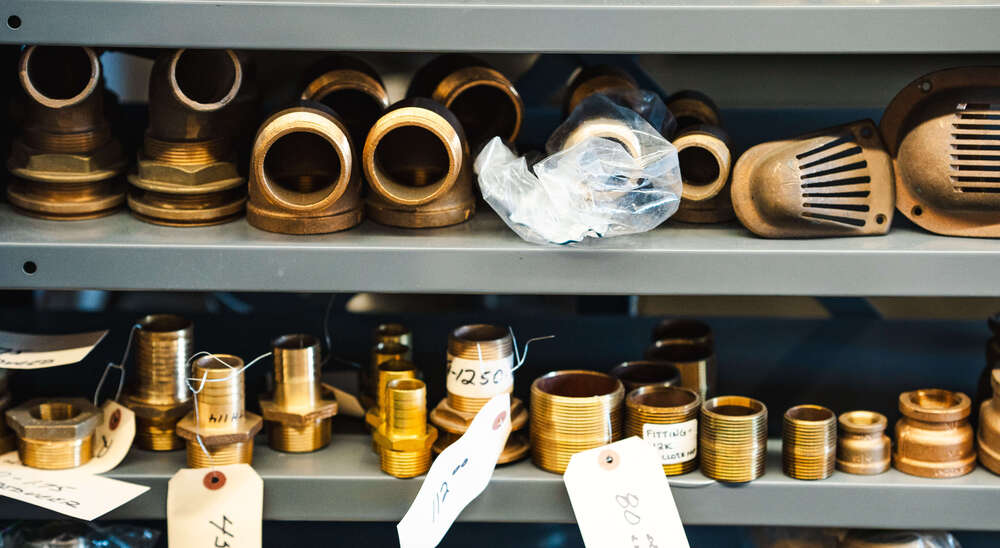How to Conduct Regular System Checks
Estimated Read Time: 2 minutes

Marine System Health
Regular checks and maintenance of a boat's water and plumbing systems are essential to prevent malfunctions, leaks, and potential damage. Here’s a comprehensive guide on how to maintain the health of your marine water systems, including both freshwater and wastewater components.
Freshwater System Checks
- Visual Inspection: Regularly inspect all hoses, connections, and faucets for signs of wear or leakage. Check for cracks, stiffness, or any damage that could lead to leaks. Replace any damaged parts immediately.
Water Pump Functionality:
- Check Operation: Ensure the water pump turns on and off correctly without any unusual noises. It should automatically start when a faucet is opened and stop when closed.
- Pressure Check: Verify that the water pressure is consistent. A drop in pressure could indicate a leak or a failing pump.
Tank Cleaning:
- Sanitize the Tank: At least once a season, drain and sanitize the freshwater tank to prevent algae, bacteria, and scale buildup. Use a mixture of water and a small amount of bleach, run it through the system, then flush it several times with fresh water.
- Sediment Removal: Check for sediment at the bottom of the tank. If present, it should be cleaned out to prevent clogging and damage to the pump.
Filter Maintenance:
- Regular Replacement: Change water filters as recommended by the manufacturer to ensure clean water and to prevent clogs and undue strain on the system.
Wastewater System Checks
- Hose Inspection: Regularly inspect all hoses connected to the head (toilet) and holding tanks for leaks, kinks, and odors. Replace hoses if they show signs of wear or permeation.
- Holding Tank Maintenance:Regular Pump Outs: Ensure the holding tank is pumped out at approved facilities regularly to prevent overfilling and back-ups.
- Deodorizing and Cleaning: Use marine-grade products to deodorize and clean the tanks. This helps maintain a healthy and odor-free system.
Valve and Seal Checks:
- Check Seals: Inspect the joker valve (one-way valve) in the head for wear or blockage, as it is crucial for preventing backflow.
- Operate Valves: Regularly operate all valves in the system to prevent them from seizing. Lubricate them if necessary.
- Vent Filter Replacement:Inspect and Replace Vent Filters: Check vent filters for blockages or saturation, which can cause tank odors to back up into the boat. Replace filters as needed to ensure proper ventilation.
Routine Maintenance Tasks
- Frequent Use: Run water through the systems regularly, even when not in use, to prevent stagnation and to check for smooth operation.
- Winterization: If the boat will be in freezing temperatures, thoroughly drain and winterize the water system to prevent pipe and pump damage.
- Record Keeping: Keep a log of all maintenance activities, parts replacements, and any issues noted during inspections. This history can help troubleshoot future problems more efficiently.
Maintaining the water and plumbing systems on your boat requires regular checks and a proactive approach to maintenance. By following these guidelines, boat owners can ensure their marine systems function reliably and efficiently, avoiding unexpected repairs and ensuring a pleasant and safe boating experience.

